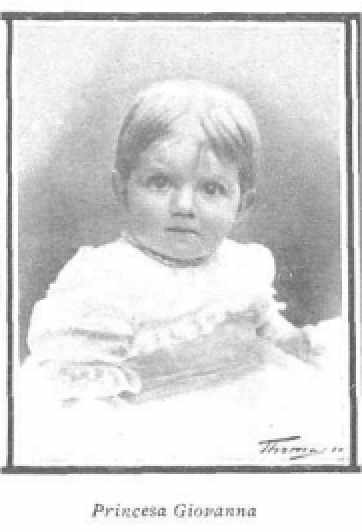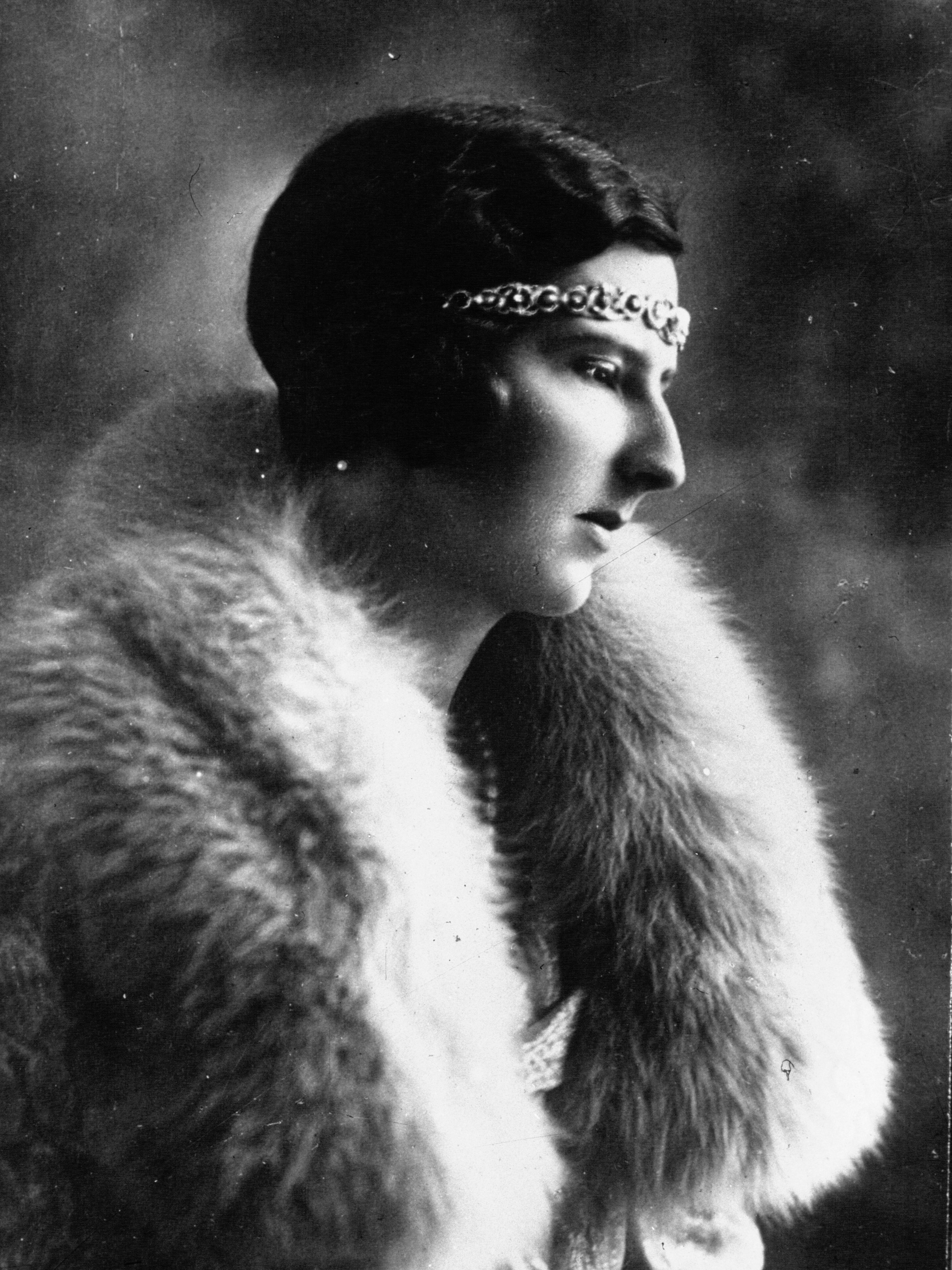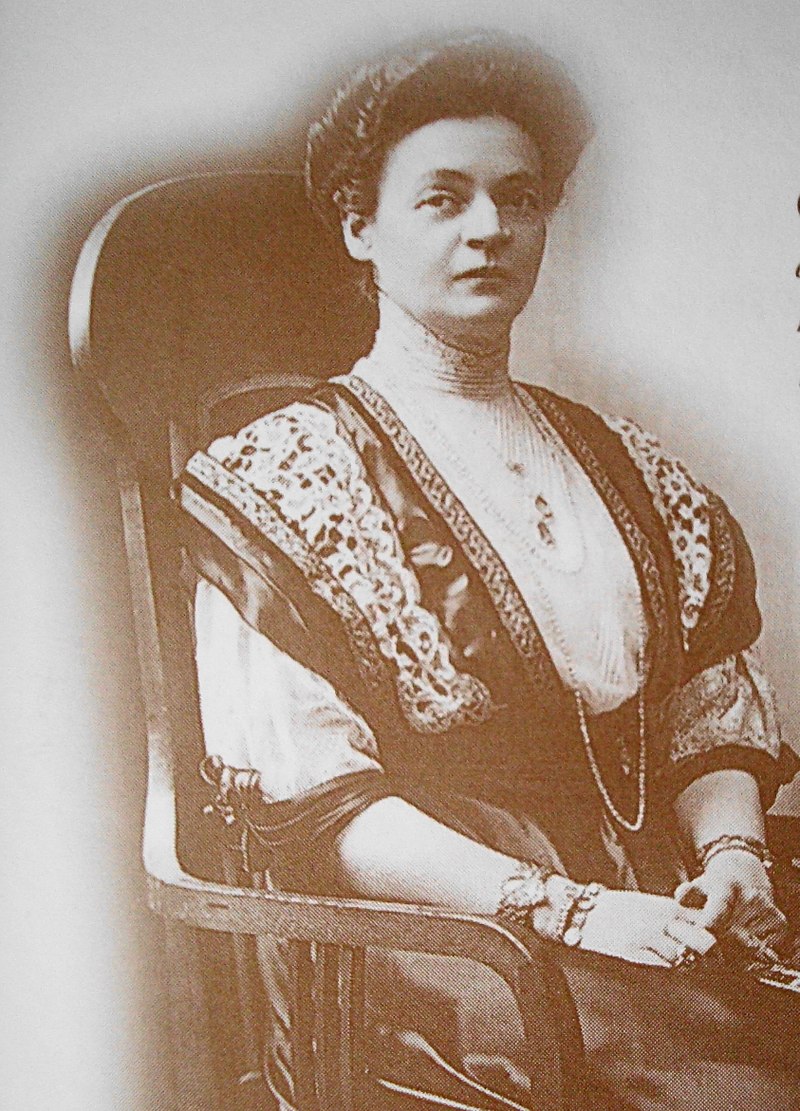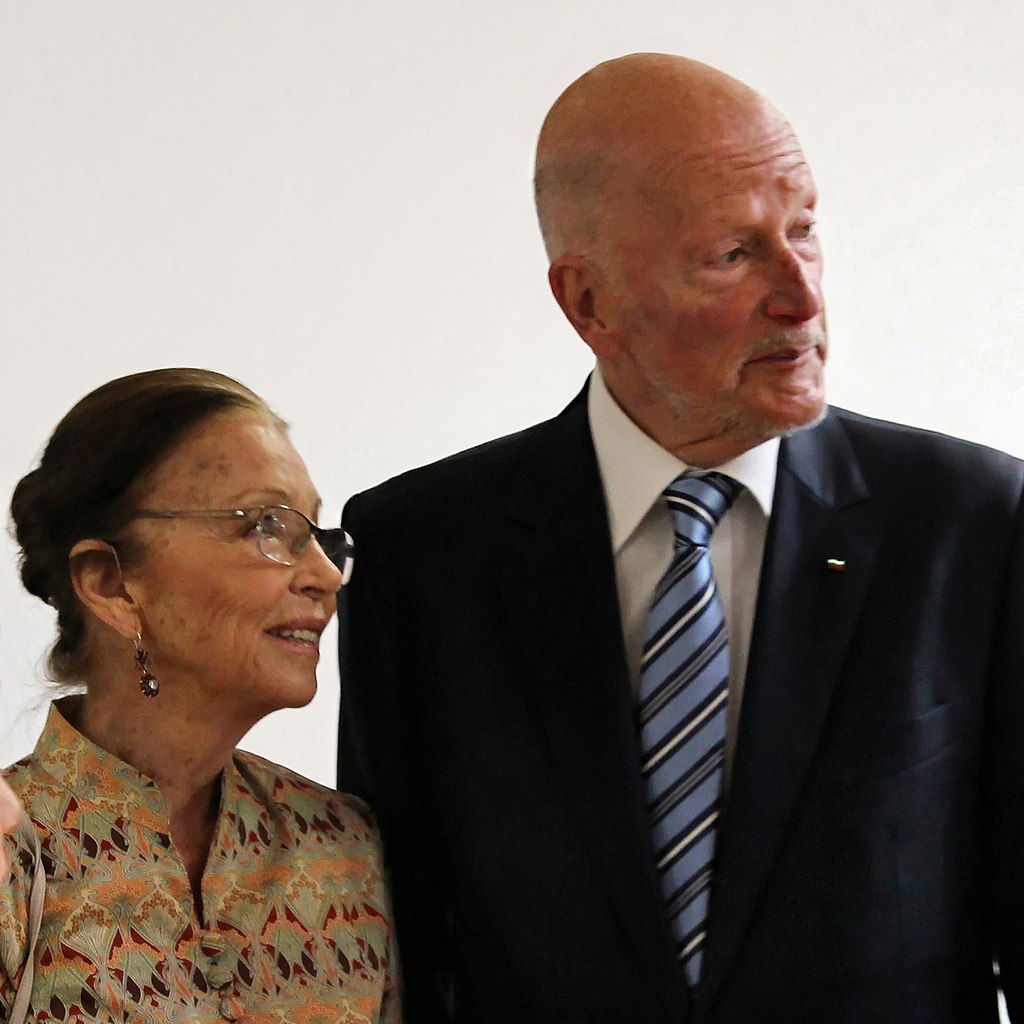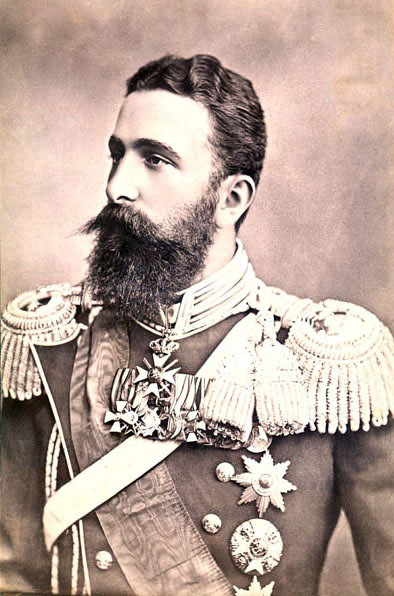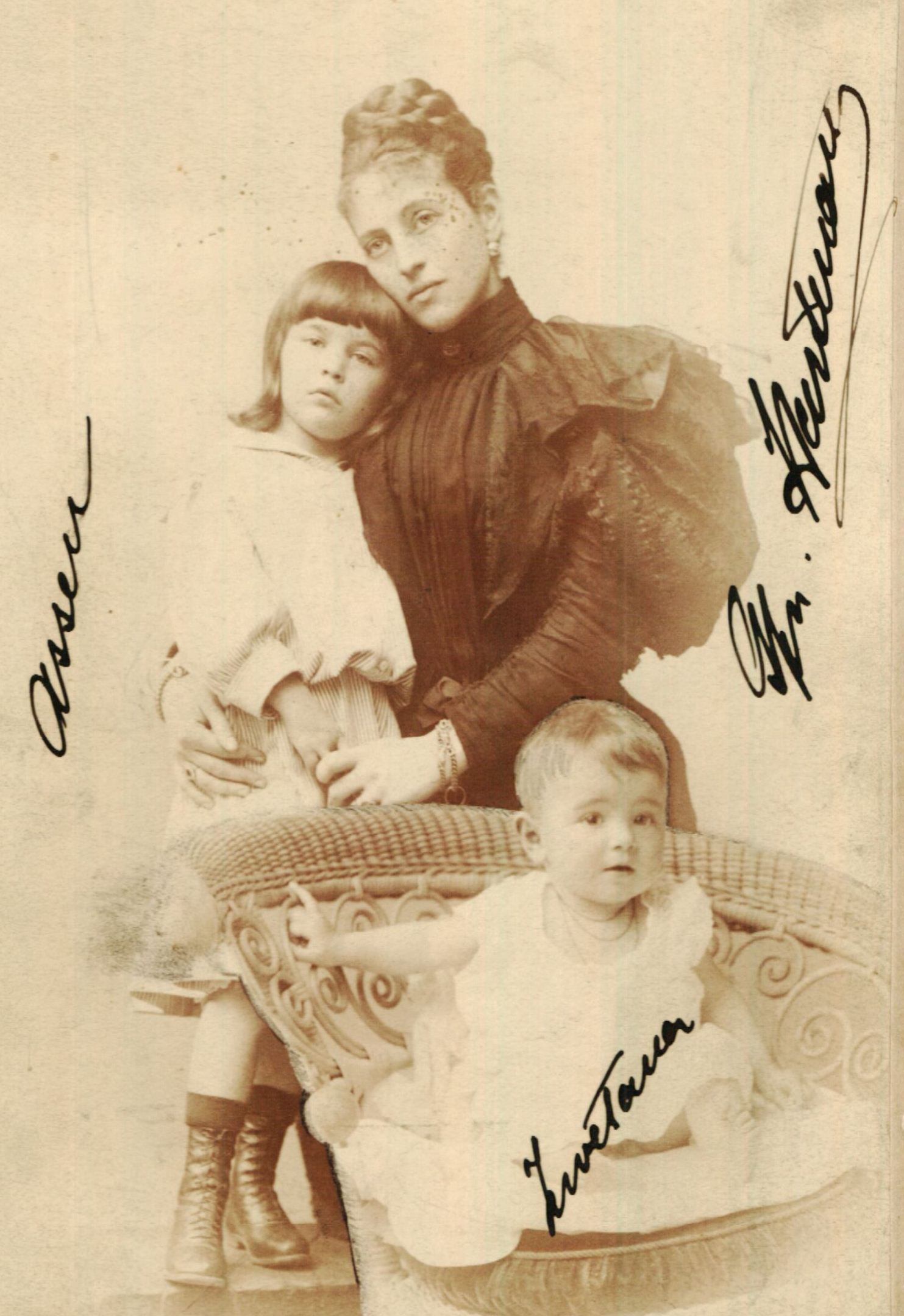by Scott Mehl © Unofficial Royalty 2016

source: Wikipedia
Tsar Boris III of Bulgarian
Tsar Boris III of Bulgaria was the son of Tsar Ferdinand I of Bulgaria and Princess Maria Luisa of Bourbon-Parma. He was born Prince Boris Klemens Robert Maria Pius Ludwig Stanislaus Xaver on January 30, 1894, in Sofia, Bulgaria and created Prince of Tarnovo at birth. Boris had three younger siblings:
In keeping with the agreement made at the time of his parents’ marriage, Boris was christened in the Roman Catholic church. However, his father soon decided that he should be raised in the Orthodox church. Not only would this appeal to the people of Bulgaria, but would also help to be recognized as Sovereign – something which, until then, had been held back by the Great Powers. Despite his mother’s protests, Boris was christened in the Eastern Orthodox Church on February 2, 1896, with Nicholas II, Emperor of All Russia serving as his godparent.

source: Wikipedia/Bulgarian Archives State Agency
Boris was educated at the Palace Secondary School, created by his father in 1908 specifically for Boris and his brother Kyril. He later graduated from the Military Academy in Sofia, Bulgaria, and served as Captain and Company Commander of the 6th Regiment. During the Balkan Wars, Boris fought on the front lines.
When World War I began, Bulgaria remained neutral until the fall of 1915, when they joined the war, aligned with the Central Powers. Boris strongly disagreed with his father’s decision to join the Central Powers, and at one point, was placed under arrest by his father for several days because of his dissent. However, he went on to serve with the Bulgarian forces, serving as a liaison officer with the General Staff on the Macedonian front. He was later promoted to Colonel and served as liaison officer to Army Group Mackensen and the Bulgarian Third Army for operations against Romania.
Despite their efforts, Bulgaria suffered great losses in the war. Taking responsibility, Tsar Ferdinand abdicated on October 3, 1918, and Boris ascended as Tsar Boris III. Trying to restore his country, after devastating losses, Boris’s reign began as an uphill battle. Under the terms of the Treaty of Neuilly-sur-Seine in 1919, Bulgaria ceded several territories, was required to reduce its army to just 20,000 men and pay reparations of £100 million. A new political regime had taken control, led by Aleksandar Stamboliyski of the Agrarian Union, which was very hostile to Boris and the monarchy. After the Treaty of Neuilly, Stamboliyski’s government took complete control of the country, establishing a dictatorial regime. The people of Bulgaria, particularly the military officers, placed their faith and hope in Boris.
In 1923, a military coup overthrew Stamboliyski’s government. Boris was opposed to the idea of seizing power and threatened to abdicate. However, he soon agreed to the situation, provided that it would bring about peace in Bulgaria. Two years later, Boris was the target of several assassination attempts but fortunately was not harmed. Tensions still ran high within Bulgaria, with supporters of the Agrarian Union, and the Communist Party, very vocal in their opposition to the monarchy.
In January 1930, Boris became engaged to Princess Giovanna of Italy, daughter of King Vittorio Emanuele III of Italy and Princess Elena of Montenegro. The two had met several years earlier, and after attending the marriage of Giovanna’s brother, the future King Umberto II, to Princess Marie José of Belgium, Boris asked for Giovanna’s hand.
As was often an issue with royal marriages, religion once again became an obstacle. Boris was Orthodox and Giovanna was Roman Catholic. The Bulgarian Constitution required that any heir to the throne be a member of the Orthodox Church, but the Pope refused to sanction the marriage without an agreement that all children from the marriage would be raised Catholic. Finally, an agreement was reached and the couple married on October 25, 1930, in Assisi, Italy. Following a civil ceremony, they were wed in a Roman Catholic ceremony at the Basilica of St. Francis of Assisi. After returning to Bulgaria, an Orthodox ceremony was held in Sofia on November 9, 1930. Boris and Giovanna had two children:
Despite the agreement that Boris had made with the Vatican, both children were baptized in the Orthodox church.
In May 1934, another coup took place, in which Zveno (a military and political group) abolished the political parties and established a dictatorship under their own Prime Minister. However, Boris was able to stage a counter-coup the following year and assumed complete control of the government. He brought back a form of parliamentary rule, but no political parties were restored. This became known as the “King’s Government” and for the next five years, Bulgaria experienced significant growth and prosperity.
With the outbreak of World War II, Boris fought to retain Bulgaria’s neutrality. Hitler, trying to gain Bulgaria’s help, arranged for an agreement between Bulgaria and Romania which returned some of the territory lost to Romania in the Treaty of Neuilly-sur-Seine after World War I. Finally, in March 1941, following the threat of a German invasion, and with the promise of regaining territory formerly ceded to Greece, Boris signed the Tripartite Pact, aligning Bulgaria with the Axis powers. Following the surrender of the Yugoslavian and Greek governments, Bulgarian forces occupied their former territories which had been captured by the German forces. In 1941, Tsar Boris also signed into law the Law for Protection of the Nation, which imposed restrictions on Jewish Bulgarians. This law was greatly opposed by the Jewish community, as well as the Bulgarian Orthodox Church. Despite signing the law, Boris helped to prevent the forced deportation of the Bulgarian Jews on several occasions, d attempted to find ways to get them safely out of the country. Sadly, he was unable to help those in Bulgarian-occupied territories in Greece and Yugoslavia.
In August 1943, Boris was once again summoned to a meeting with Hitler, who wanted Boris to deport Bulgarian Jews, and to declare war on Russia – both of which Boris strongly refused to do. Following the meeting, in which Hitler was reportedly furious, Boris returned home. Just weeks later, on August 28, 1943, Tsar Boris III died in Sofia. The circumstances of his death remain mysterious, with many believing that Boris had been poisoned because of his refusal to concede to the demands of the Nazis.

The grave of Tsar Boris III, Rila Monastery. source: Wikipedia, photo by Relativefrequency
Following a state funeral at the Alexander Nevsky Cathedral in Sofia, Bulgaria, Tsar Boris III’s body and heart were buried at the Rila Monastery in Rila, Bulgaria. The following year, the new communist government very quietly had his remains exhumed and reburied at the Vrana Palace. Later, his casket was moved again, to a secret location that remains unknown. Following the fall of the communist government, an excavation at Vrana Palace found only Boris’s heart which had been buried separately. In 1993, Boris’s widow, Tsarina Ioanna, returned to Bulgaria for the 50th anniversary of Boris’s death, and his heart was reinterred at the Rila Monastery.
This article is the intellectual property of Unofficial Royalty and is NOT TO BE COPIED, EDITED, OR POSTED IN ANY FORM ON ANOTHER WEBSITE under any circumstances. It is permissible to use a link that directs to Unofficial Royalty.
Bulgaria Resources at Unofficial Royalty

